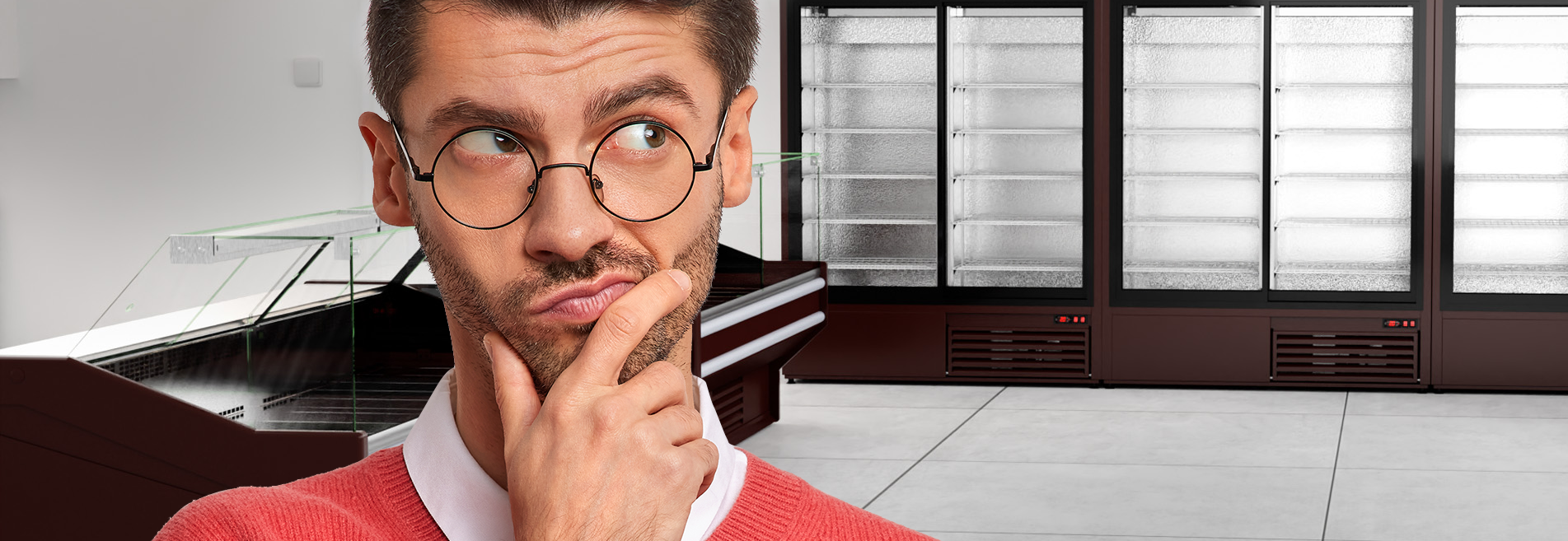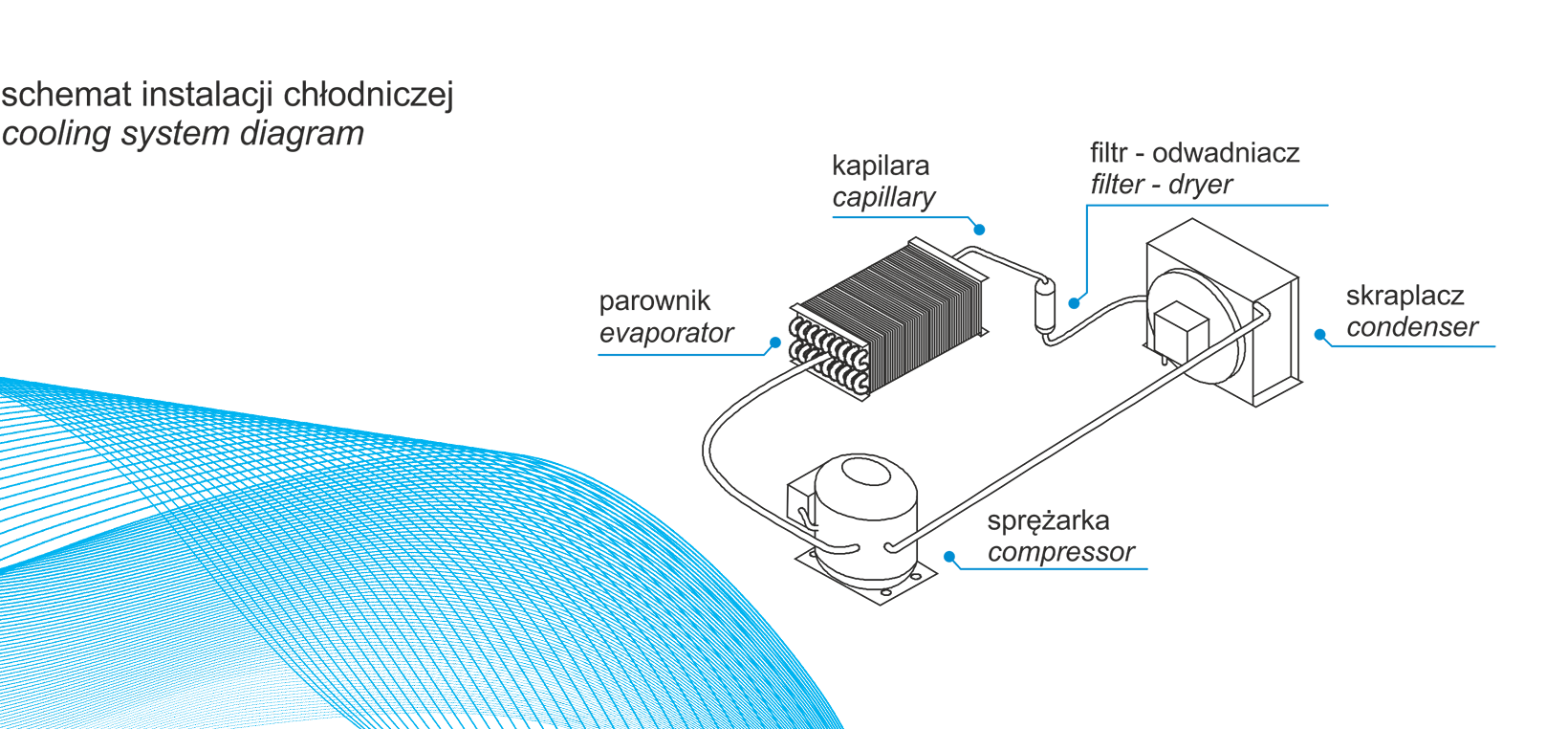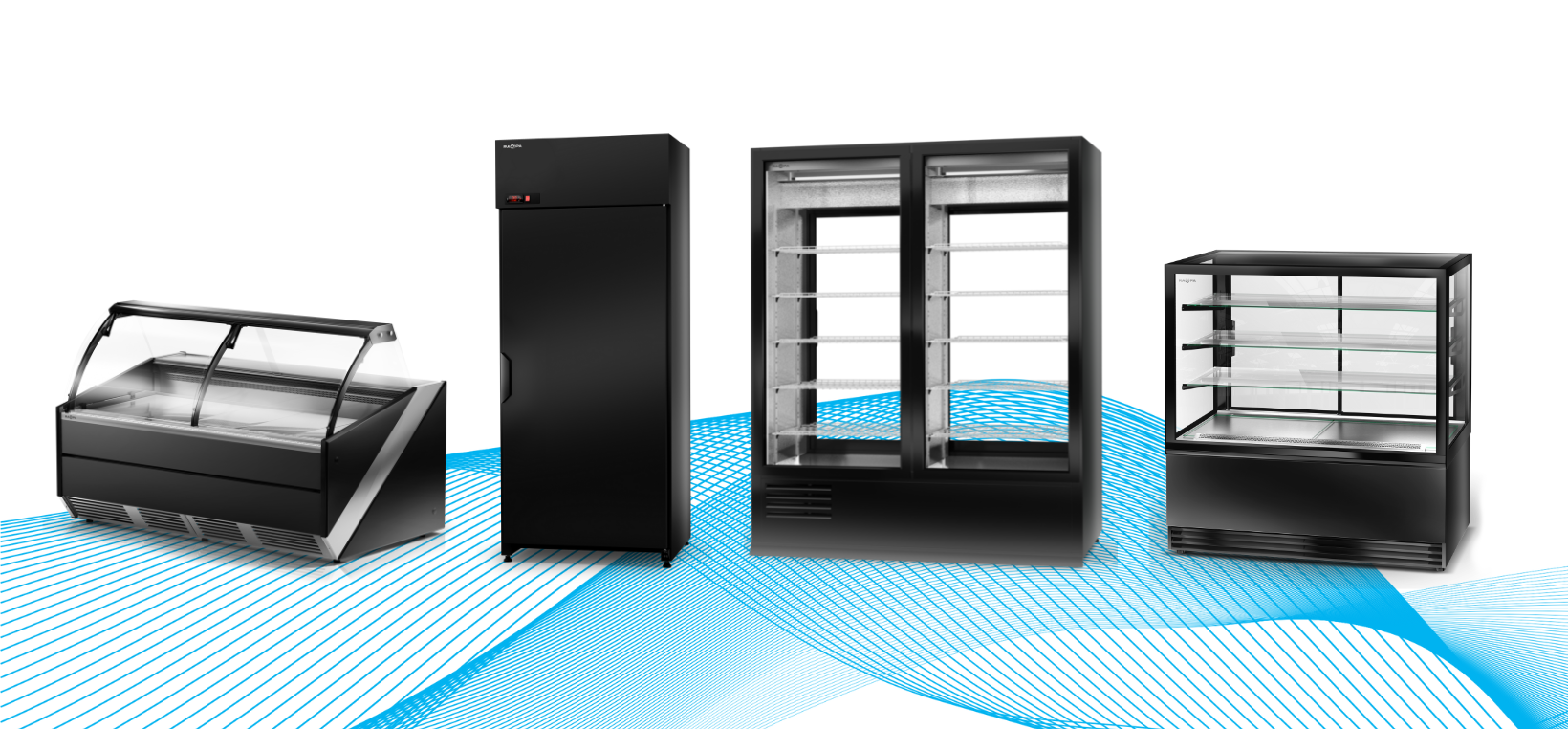

It is difficult to imagine modern life without refrigeration devices. By keeping food at the right temperature, they preserve its freshness and extend its shelf life. Their presence is so obvious that we rarely think about how they actually work. And it's worth knowing, because then it's easier to understand how to use refrigerators, more commonly known as fridges, properly. Ready for a dose of knowledge? Here we go!
Different types of refrigeration
Since the development of the first electric refrigerator, various cooling methods have been tested and used in this type of equipment. Among others, absorption, adsorption, compressor, thermoelectric, magnetic and thermoacoustic refrigerators have been developed. Due to their high efficiency and relatively simple refrigeration system, compressor refrigerators, i.e. those developed at RAPA, have become the most popular.
The cooling system of a compressor refrigerators
The most important component of the refrigerating system in a compressor refrigerator is, as you can easily guess, the compressor. It is the heart of the device. Its job is to pump the refrigerant through the entire refrigeration system. If this component fails, it must be repaired or replaced quickly, otherwise the unit will cease to function properly.
The second component necessary for the refrigerating system is the condenser, which is located outside the device chamber and is responsible for changing the state of aggregation of the refrigerant from gas to liquid and, as a result, transferring heat to the environment.
The next component of the system is the capillary, which is a very thin tube that has the function of expanding and lowering the temperature of the liquid refrigerant.
The last component of the system is the evaporator, located inside the refrigerator. It is directly responsible for cooling the products inside the unit.
Of course, the whole process would not be possible without two other elements:

The refrigerating process in a compressor refrigerator.
You have now learned about all the basic components of the rfrigerating system in a compressor refrigerator. Now it's time to explain how it all works.
At first glance, this seems uncomplicated, but it is worth remembering that the efficiency and performance of the process depends primarily on the proper selection of components and their parameters (which we at RAPA have been doing with passion for more than 25 years!) and the correct use of refrigeration equipment.
That is why it is so important to take care of the condenser's cleanliness or to prevent the compressor from overworking, which we discuss in more detail in the article 10 fundamental principles for the correct use of refrigeration equipment.

Jeżeli chcesz poznać lepiej naszą ofertę skontaktuj się z nami telefonicznie za pomocą numeru 81 742 53 10 lub napisz na adres: rapa@rapa.lublin.pl. Chętnie udzielimy odpowiedzi na każde pytanie!